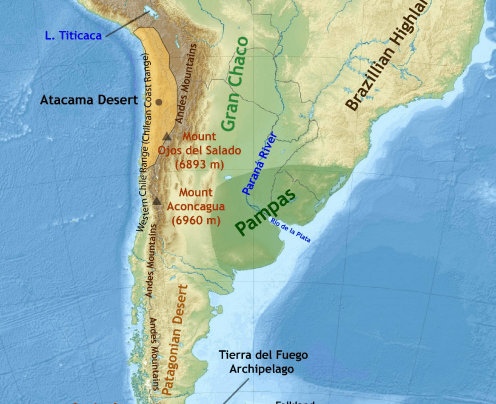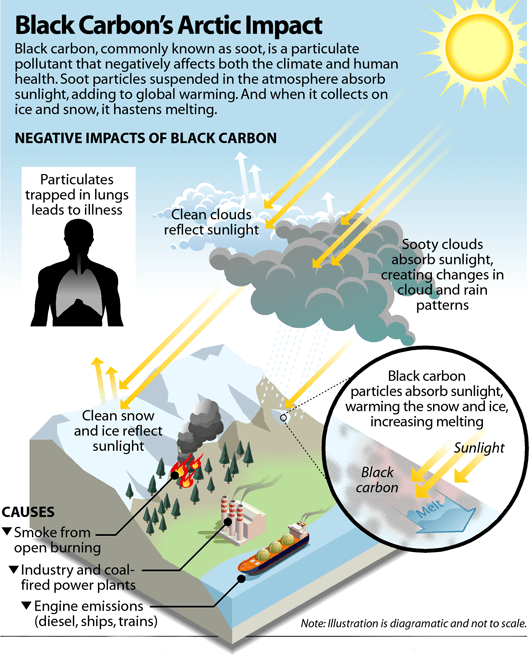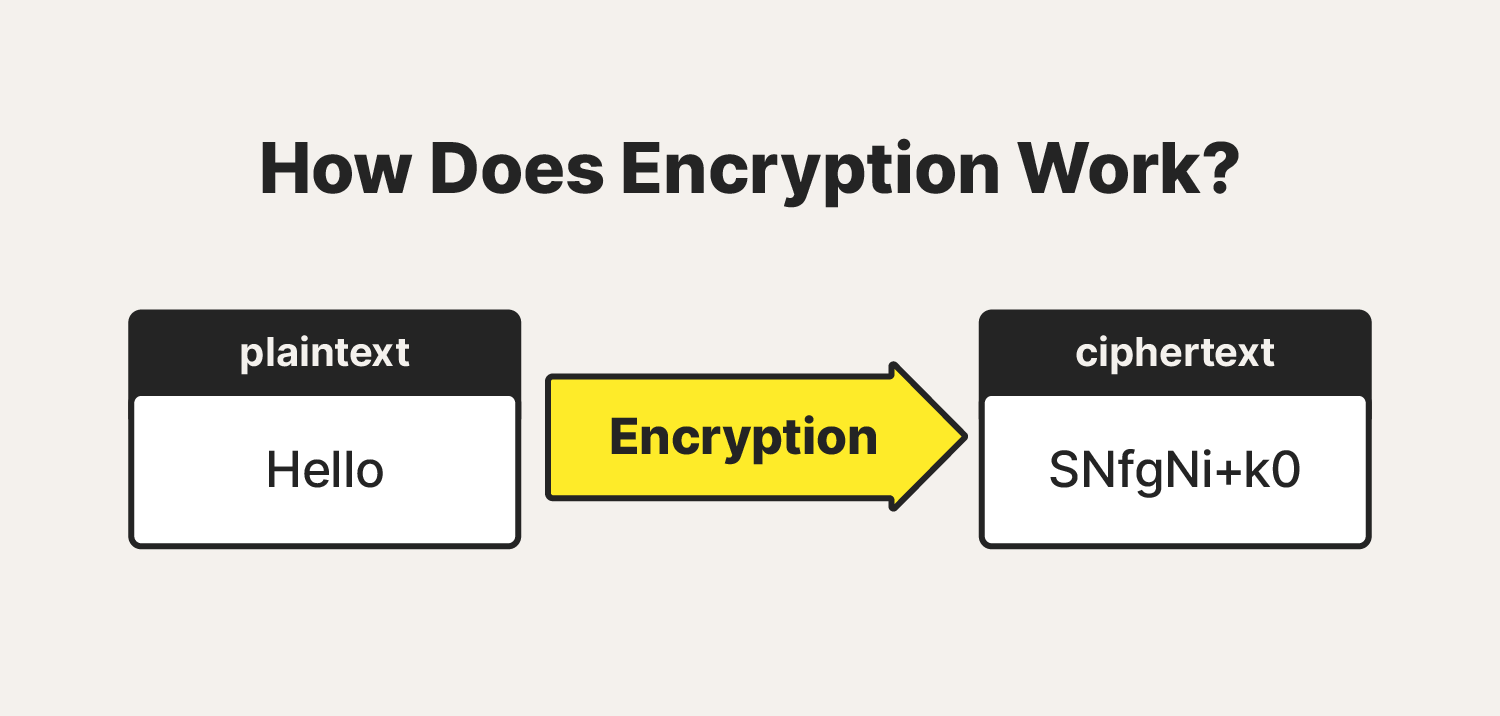
Flash Floods
Subscribers of "Current Affairs" course can Download Daily Current Affairs in PDF/DOC
Subscribe to Never Miss an Important Update! Assured Discounts on New Products!
Must Join PMF IAS Telegram Channel & PMF IAS History Telegram Channel
- Context (TH): Five soldiers, including a Junior Commissioned Officer (JCO), drowned in Flash floods near the Line of Actual Control (LAC) in the Nyoma-Chushul area in Ladakh.
About Flash Floods
- They are sudden increases in water levels that occur during or immediately after intense rainfall.
- These are highly localised events of short duration with a very high peak, typically occurring within six hours of the rainfall.
Causes of Flash Floods
- Intense Rainfall: Heavy downpours, often from thunderstorms, can overwhelm the soil’s capacity to absorb water and the drainage system’s ability to manage runoff.
- Rapid Snowmelt: A sudden increase in temperature can lead to the rapid melting of snow, causing a surge of water that can overwhelm rivers and streams.
- Dam or Levee Failures: Structural failures of dams or levees can suddenly release large volumes of water, leading to flash flooding downstream.
- Urbanisation: The proliferation of impervious surfaces like roads and buildings increases runoff, reducing the ground’s ability to absorb water and exacerbating flood risks.
Impacts of Flash Floods
- Property Damage: Homes, infrastructure, and agricultural lands can be severely damaged or destroyed.
- Economic Losses: The destruction of infrastructure and properties leads to significant economic losses and livelihood disruptions.
- Environmental Impact: Flash floods can cause soil erosion, sediment deposition, and contamination of water supplies.
- Human Lives: Flash floods can lead to loss of life due to their sudden onset and high velocity.
Mitigation Measures
- Implementing advanced weather prediction and early warning systems to alert at-risk populations.
- Designing & maintaining robust drainage systems & infrastructure to manage excess water flow.
- Planting trees and vegetation to improve water absorption and reduce surface runoff.
- Educating communities about the risks and safety measures during flash floods.
- Enforcing land use regulations to prevent construction in high-risk flood zones.
Measures Implemented in India to Address Flash Floods
- Prediction and Early Warning
- The India Meteorological Department (IMD) uses Doppler radars.
- They also employ flash flood forecasting and warning systems to predict flash floods.
- Preventive Measures
- The National Disaster Management Authority (NDMA) provides recommendations to state governments, State Disaster Management Authorities, and District Disaster Management Authorities.
- These recommendations include regulating habitation in low-lying areas along rivers, nullahs, and drains, which helps mitigate flood risks.
- Monitoring and Assessment
- The Central Water Commission (CWC) and the National Remote Sensing Agency (NRSA) work with state governments and SDMAs for this purpose.
- Satellite imagery monitors landslides and river blockages to identify potential flood hazards.
About Shyok River
|
To know more about Floods in India, refer > Floods in India, Glacial Lake Outburst Flood







![PMF IAS Environment for UPSC 2022-23 [paperback] PMF IAS [Nov 30, 2021]…](http://pmfias.b-cdn.net/wp-content/uploads/2024/04/pmfiasenvironmentforupsc2022-23paperbackpmfiasnov302021.jpg)










